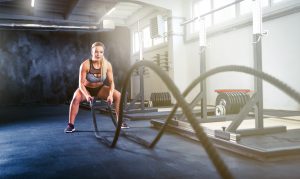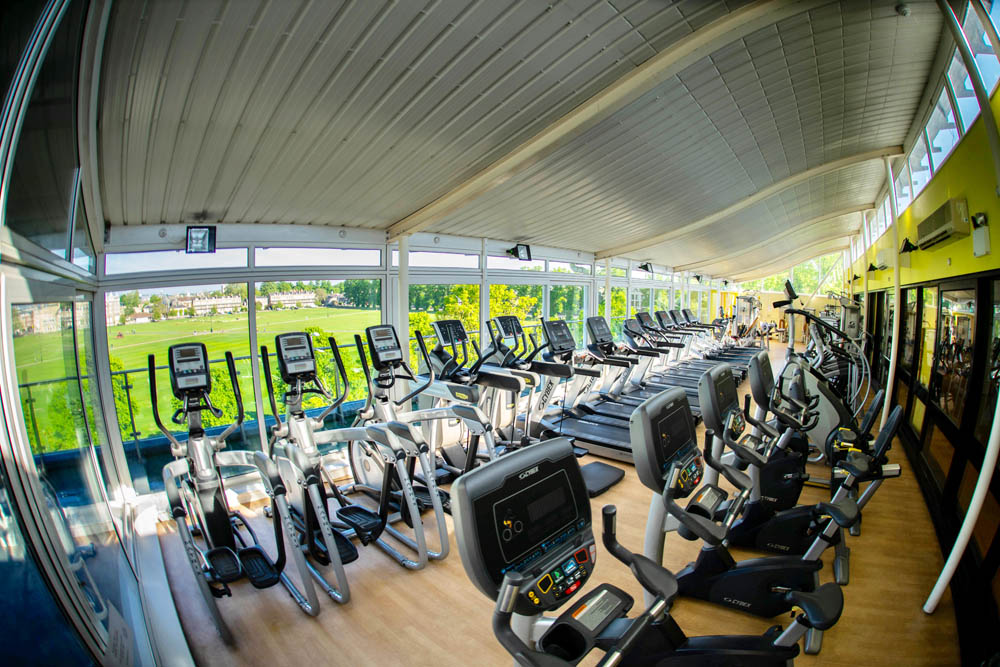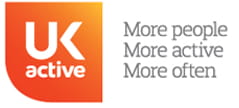This article looks at how we can use the principles of FITT to improve our exercise routine.
Why variety is so important
One of the golden rules of fitness is to vary your routine to prevent the double whammy of boredom and familiarity setting in. The boredom element is the mental approach you take to exercise. If you are bored with what you are doing then you definitely will not be enjoying your exercise sessions and that will show in your performance.
If your body is very familiar with the routine, then it will have adapted to the stress you are putting it under and you will not find the exercises challenging. Again, this will not aid performance.
The FITT principle
So, we need to apply the principle of FITT. We have all heard of HITT, the high intensity method of training but now we are adding the concept of FITT to your exercise vocabulary.
FITT refers to the Frequency with which you exercise. The Intensity at which you exercise. The amount of Time you exercise for. And the Type of exercise you are doing.
To shakeup your fitness routine, you don’t need to make wholesale changes, you simply need to change one of these four elements every so often.
How are you feeling today?
If you are not sure whether your workout needs to change, just take a moment to assess how you feel about things when you are exercising.
Do you do many of the exercises on autopilot?
Do you leave the gym feeling as if you could have worked harder?
When you arrive at the gym are you feeling motivated and full of anticipation for what the next hour or so could hold?
The bottom line is, if you are not enjoying your exercise programme and if you are able to do your routine easily, then it is time for a change.
We have made some suggestions below that will help you incorporate the principle of FITT into your routine. With small tweaks, made every four to six weeks, you can keep your exercise regime feeling fresh and, importantly, push yourself to the max.
Frequency
If you currently go to the gym four times a week, then think about switching one of those sessions for a run outside or a cycle ride. Equally, you could cut one of the sessions completely but do an extra long session at the weekend. By spending a longer period in the gym, you can really work some specific muscle groups for an extended period. You will then need an extra day’s rest to let the aching muscles recover.
One of the best ways to increase frequency of exercise is to incorporate exercise into your everyday life. Swap the car for a bike, add a run at lunchtime, always take the stairs and avoid the lift.
Intensity
Some of the exercise examples below incorporate ways in which you can increase exercise intensity. The bottom line: increase your effort levels to increase your intensity. This might mean fewer reps of a heavier weight. It might mean adding sprints to your run or cycle.
Time
It is not just about increasing the length of time you exercise for. Sometimes a change to the time element might mean less time but used wisely. A HITT routine, for example, involves a non-stop circuit of exercises all done at full intensity. Where you might spend 60 minutes achieving the same output in a regular session, a HITT workout can be done in 20-30 minutes. And it will leave you feeling exhilarated and exhausted.
Type
Below are some examples of how you can tweak the exercise you are doing to change your routine quite dramatically. These are relatively small changes but they can have a big impact.
On the treadmill.
Change your regular five kilometre run for a interval session. Jog 200 metres, run 400 metres, sprint 200 metres, then walk 200 metres. Repeat five times. You will have run your usual five kilometres but added an extra workload which will increase your cardiovascular fitness levels.
Alternatively, add a few hills into your five kilometre run. Every 500 metres, add another percent on the incline until you send the last 500 metres seriously working hard as you tackle a 10 per cent incline.
On the rowing machine.
Rather than a four kilometre row, split your routine into 500 metre sprint efforts. By putting your body under this duress, you will encourage muscle growth and really give your heart and lungs a workout.
On the mat.
Switch your sit-ups and crunches for a 10 minute HITT-style workout. Try a combination of burpees, squats, press-ups, V-sits, star jumps, squat-thrusts and any other exercises that get the whole body working. Do 30 seconds on, 10 seconds rest continuously changing the exercise you are doing. It’s manic and it’s hard work. The abdominals and stomach get a great workout without you even being aware of it.
On the weights machine.
Most people do a set on their machine of choice, then sit and wait for a prescribed rest period before repeating. We are suggesting skipping the rest period and doing something between each set but using other muscle groups. If, for example, you are doing lat pulldowns, incorporate leg exercises during the break between sets. This could be lunges, squats, burpees, star jumps.
In the free weights area.
As in the example above. Make your rest period an active one. If you have been concentrating on the shoulders with a seated dumbbell shoulder press, dive straight into lunges, using the same weights as extra resistance. It is just a smart way to use your rest time effectively.
Take a moment to think about your own fitness routine and consider how a few tweaks can make a large difference.
















